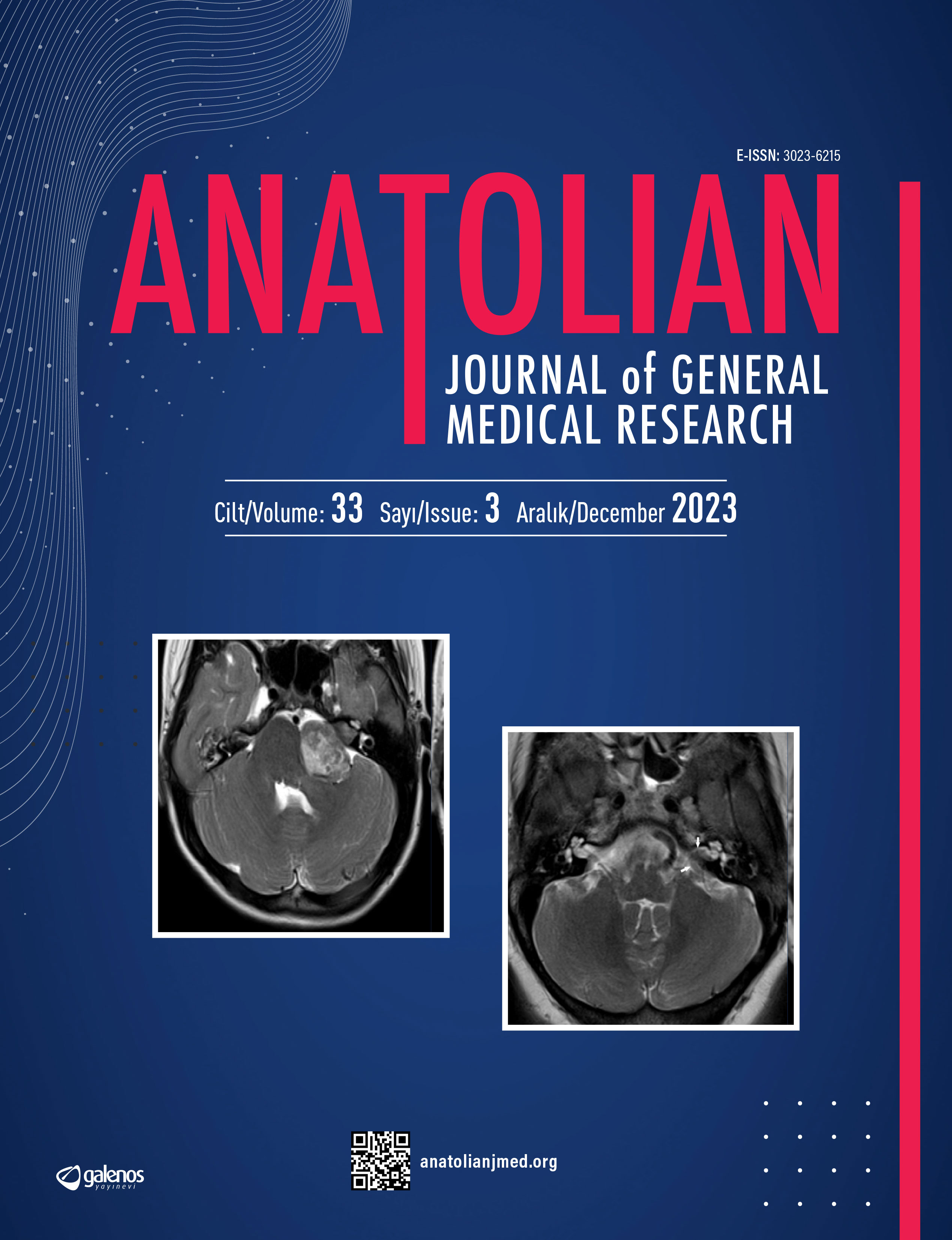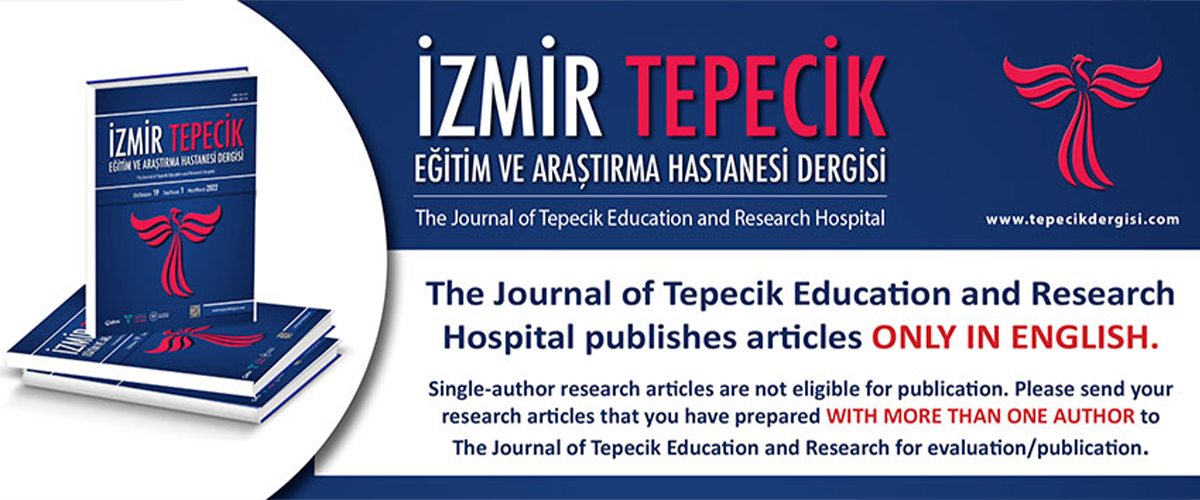








Pregnancy and Neonatal Outcomes Among Women Living with HIV: A Multi-center, Descriptive Study in Turkey
Sabri Atalay1, Hazal Albayrak Uçak2, Deniz Gökengin3, Deniz Akyol3, Gürsel Ersan1, Dilara İnan4, Figen Sarıgül5, Hülya Özkan6, Ufuk Sönmez6, Arzu Nazlı7, Selda Sayın Kutlu8, Derya Çağlayan91University of Health Sciences Turkey, İzmir Tepecik Education and Research Hospital, Clinic of Infectious Diseases and Clinical Microbiology, İzmir, Turkey2Ankara City Hospital, Clinic of Infectious Diseases, Ankara, Turkey
3Ege University Faculty of Medicine, Department of Infectious Diseases and Clinical Microbiology, İzmir, Turkey
4Akdeniz University Faculty of Medicine, Department of Infectious Diseases and Clinical Microbiology, Antalya, Turkey
5Antalya Training and Research Hospital, Clinic of Infectious Diseases and Clinical Microbiology, Antalya, Turkey
6University of Health Sciences Turkey, Bozyaka Training and Research Hospital, Clinic of Infectious Diseases and Clinical Microbiology, İzmir, Turkey
7Dokuz Eylül University Faculty of Medicine, Department of Infectious Diseases and Clinical Microbiology, İzmir, Turkey
8Pamukkale University Faculty of Medicine, Department of Infectious Diseases and Clinical Microbiology, İzmir, Turkey
9Dokuz Eylül University Faculty of Medicine, Department of Public Health, Division of Epidemiology, İzmir, Turkey
Objective: Most new confirmed cases in our country consist of young people in the 20-35 age group, which corresponds to the reproductive age in women. This study evaluated the impact of diagnosing and treating human immunodeficiency virus (HIV) during pregnancy on vertical transmission and birth outcomes.
Methods: This multicentred descriptive study assessed the pregnancy and delivery process, prevention and treatment practices, breastfeeding and perinatal transmission rate.
Results: Of the 55 pregnancies in women living with HIV, only 58.2% had HIV status, 81.2% were under antiretroviral therapy, and 46.2% needed treatment change. Lamivudine/zidovudine + lopinavir/ritonavir (32.7%) and tenofovir/emtricitabine + lopinavir/ritonavir (24.5%) were the two most used regiments. The mean duration of treatment in women starting the treatment during pregnancy was 19.5±7.9 weeks. Viral suppression at the delivery was similar among women who initiated treatment before and during pregnancy (p=0.659). Additionally, 89.1% of women were undetectable status (<50 copies/mL); however, 2% of them had >400 copies/mL at the delivery, and three newborns (5.5%) had HIV infections. None of the newborns had congenital anomalies.
Conclusion: Our study findings revealed that addressing HIV status within routine pregnancy follow-ups and providing effective treatment before or starting from the early stage of the pregnancy have a crucial effect on protecting from the vertical transmission.
Corresponding Author: Sabri Atalay, Türkiye
Manuscript Language: English
(470 downloaded)




